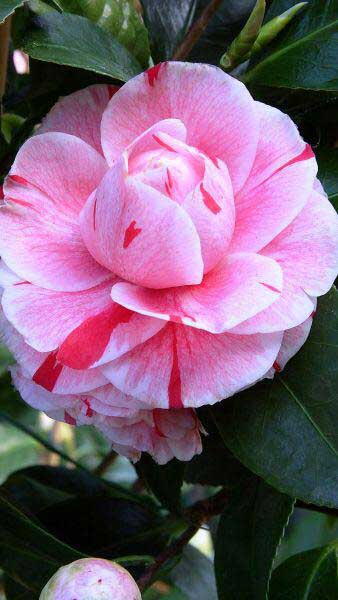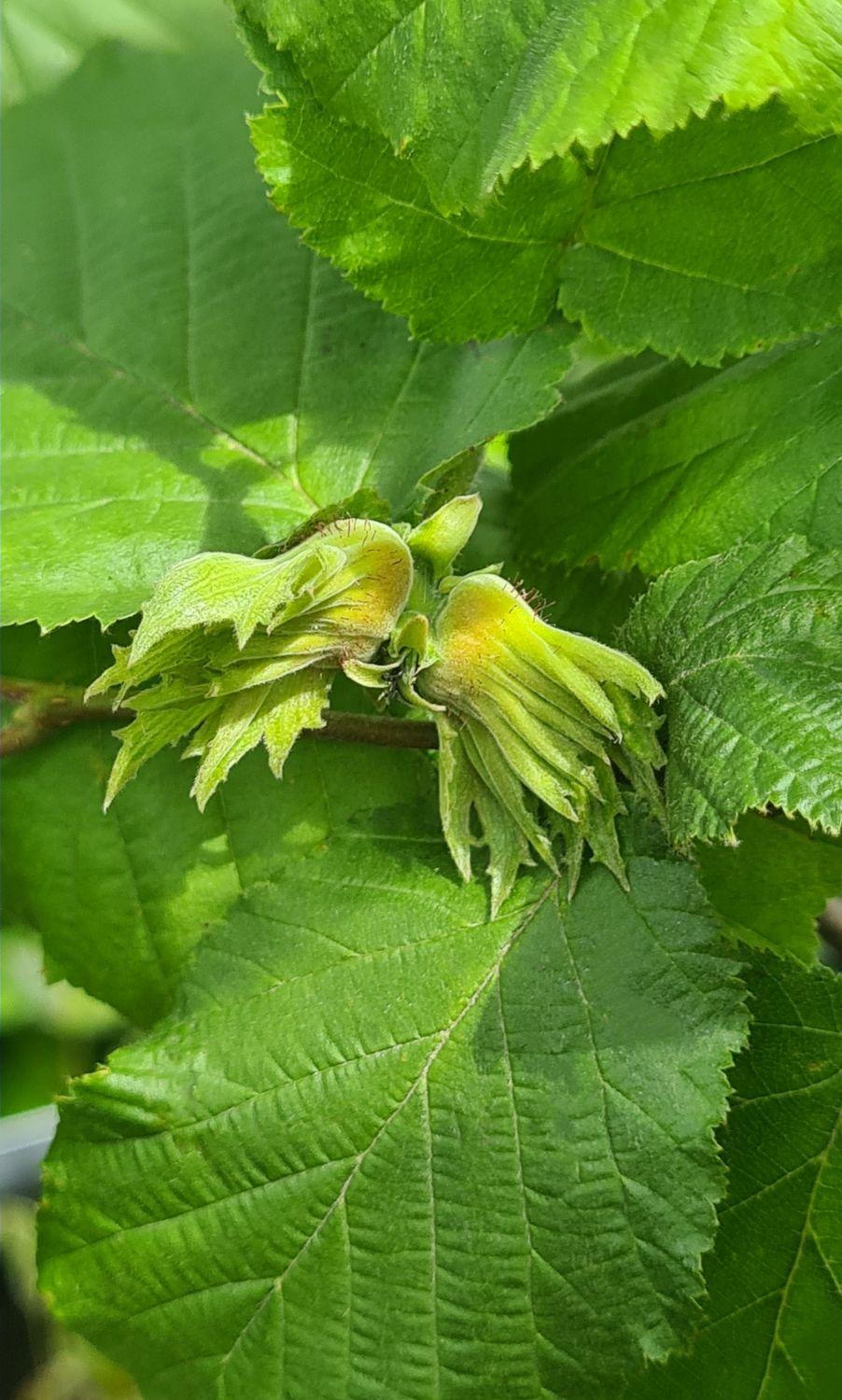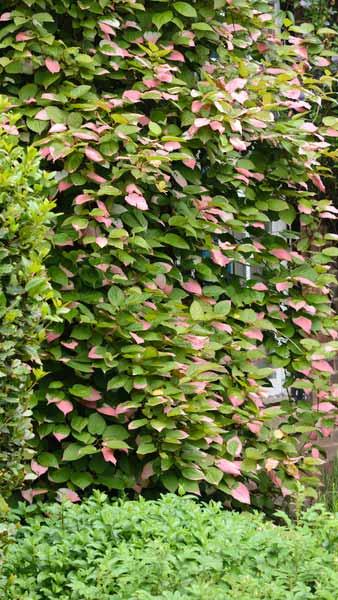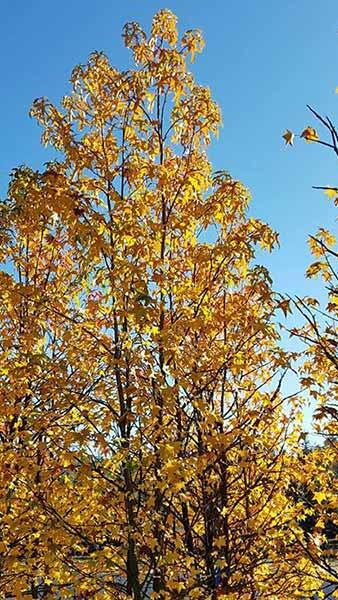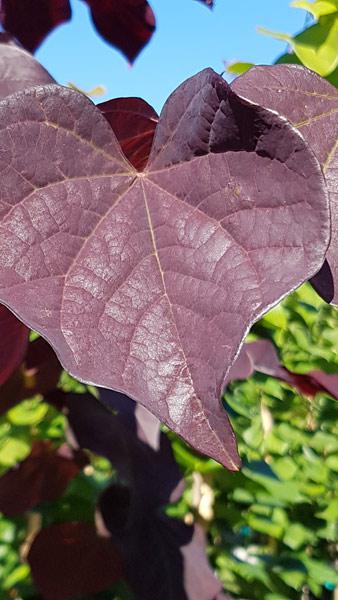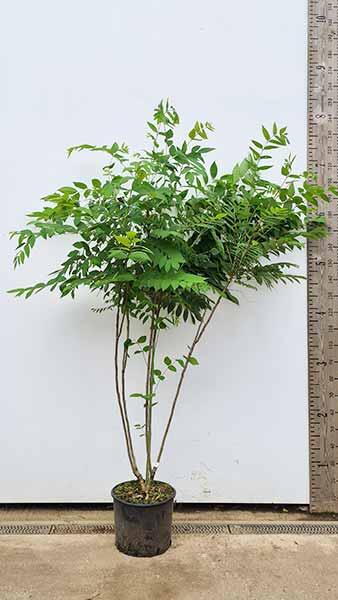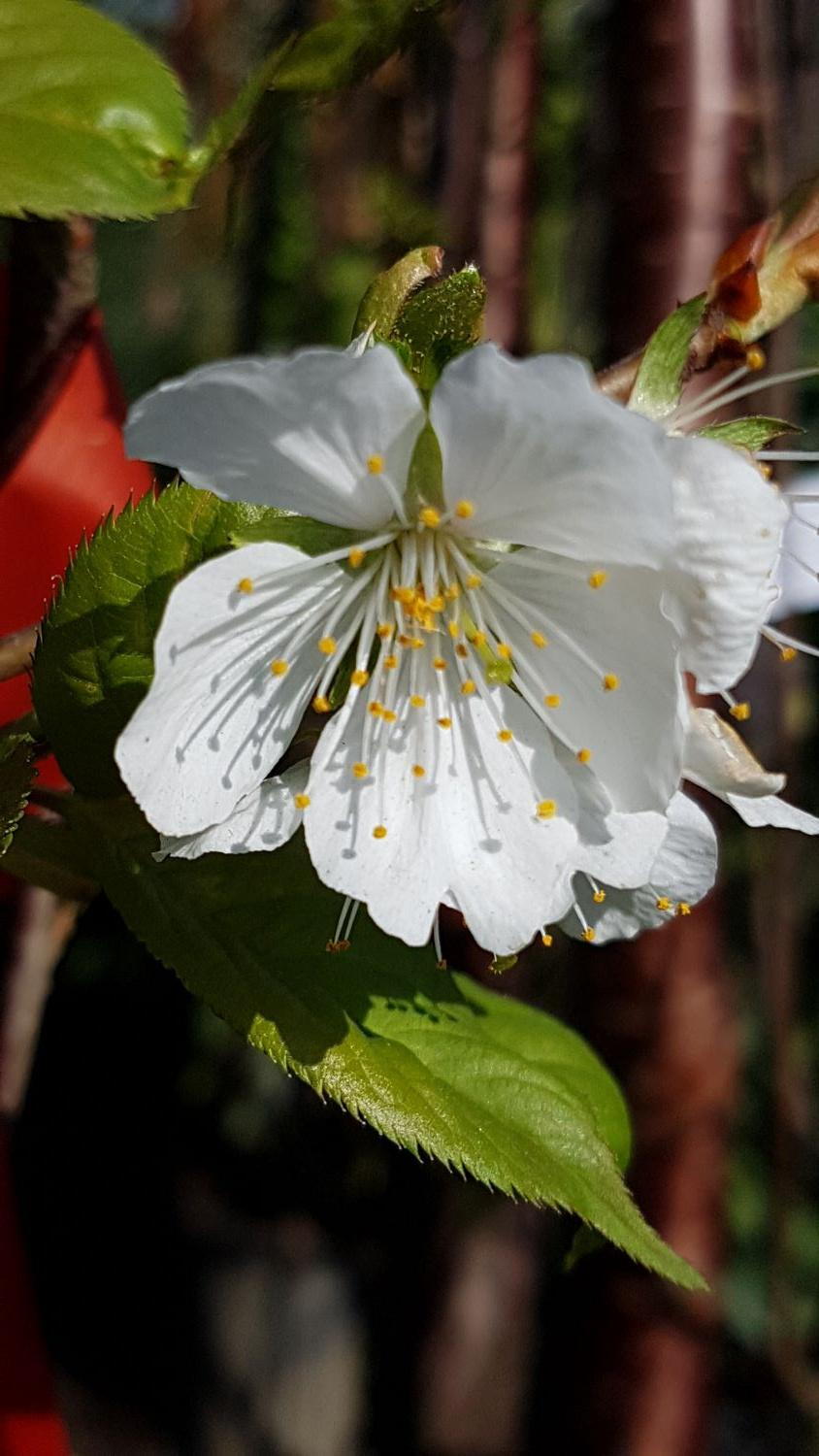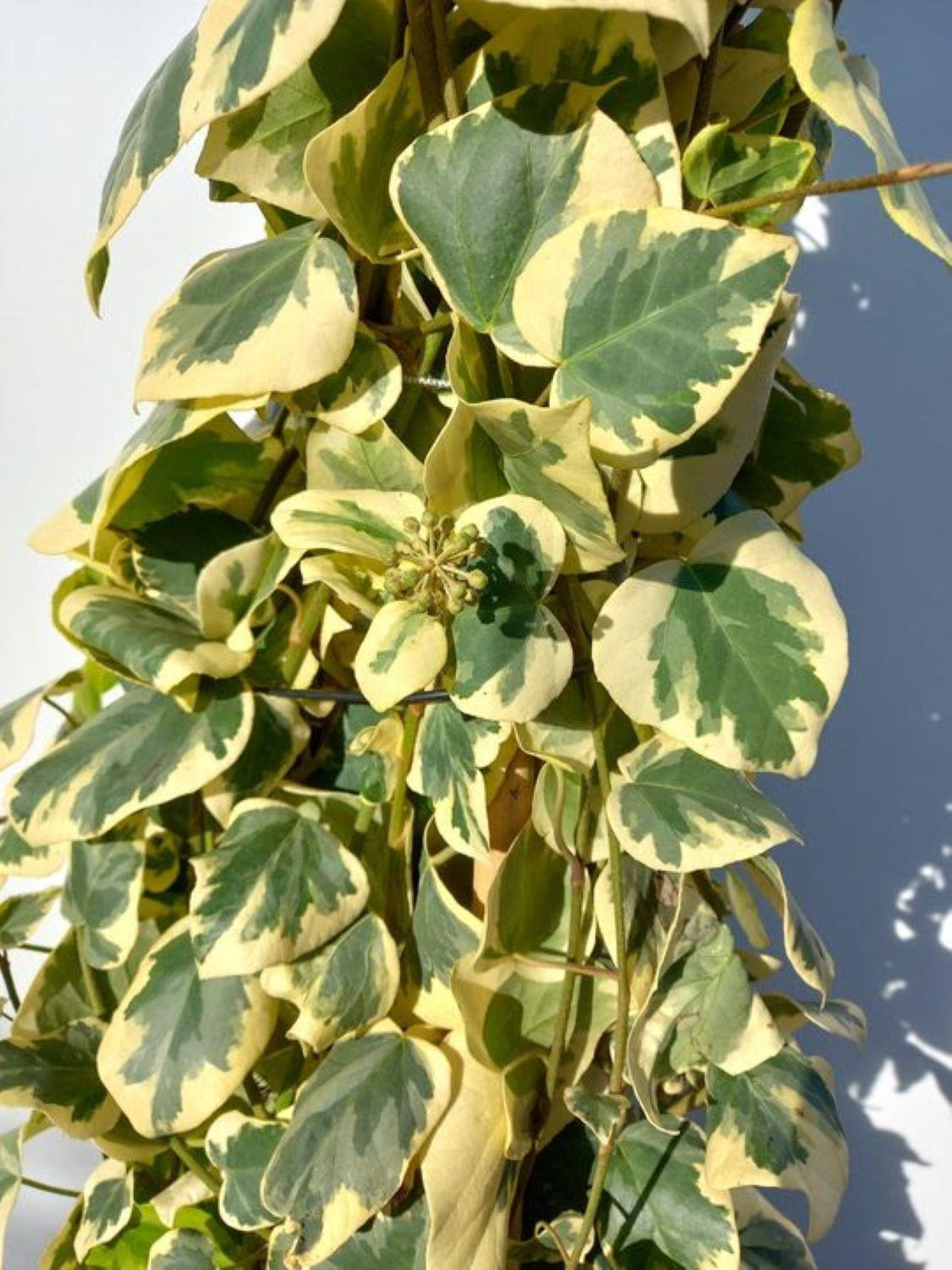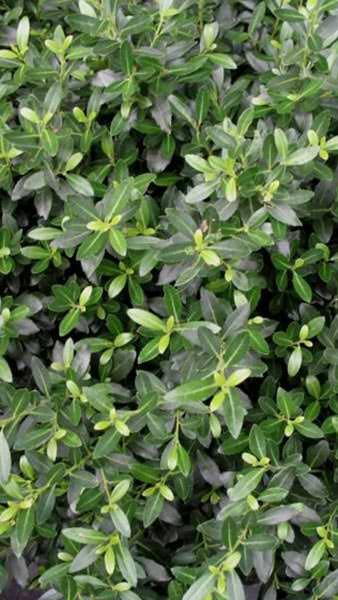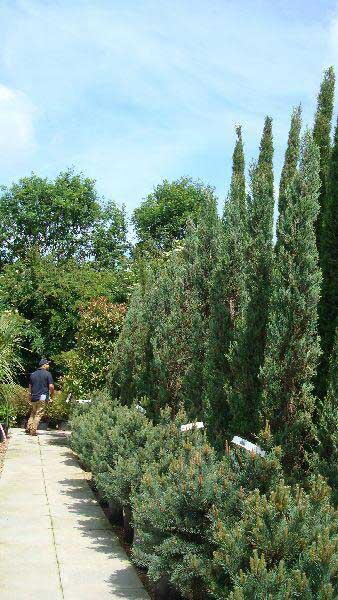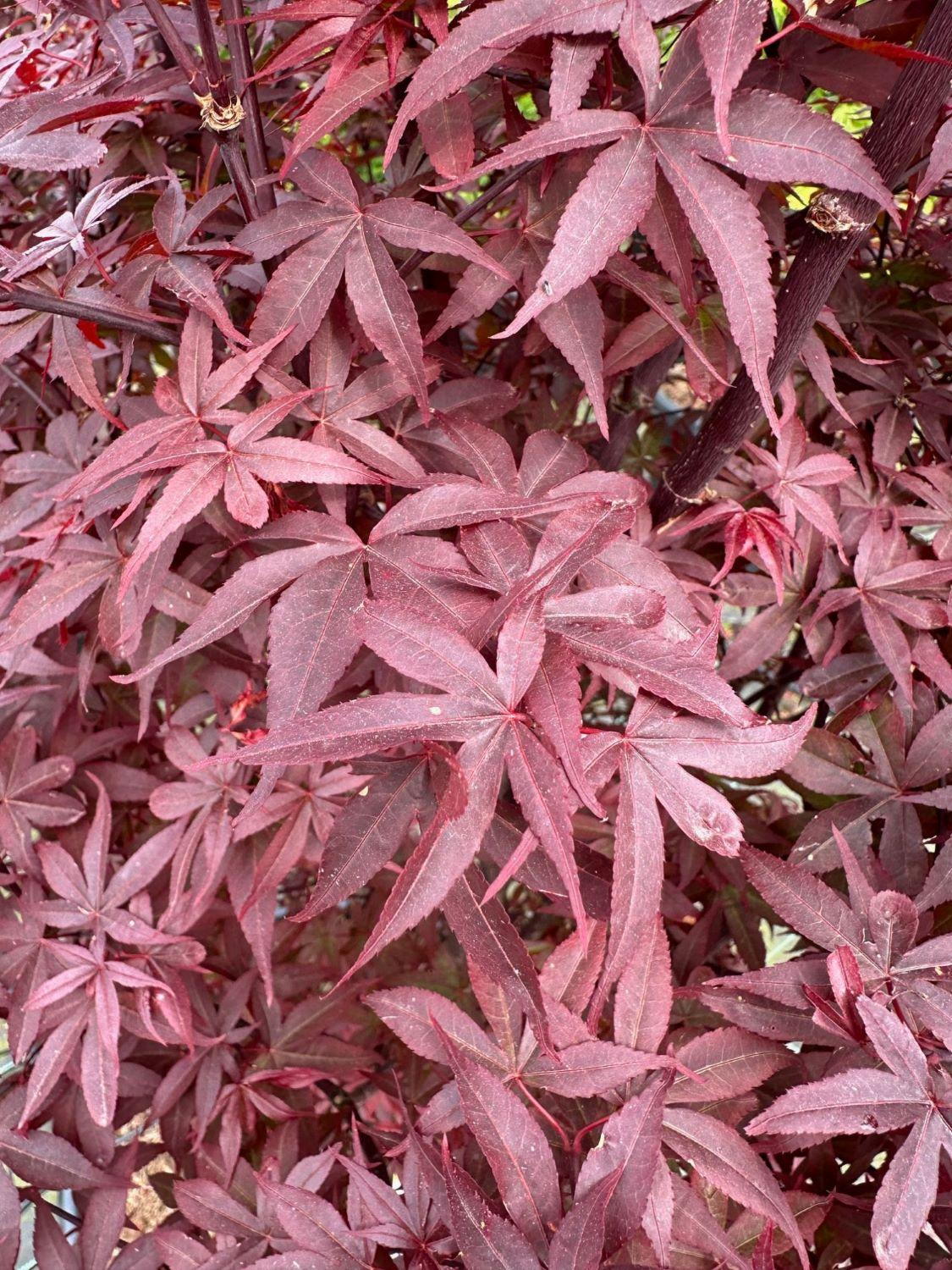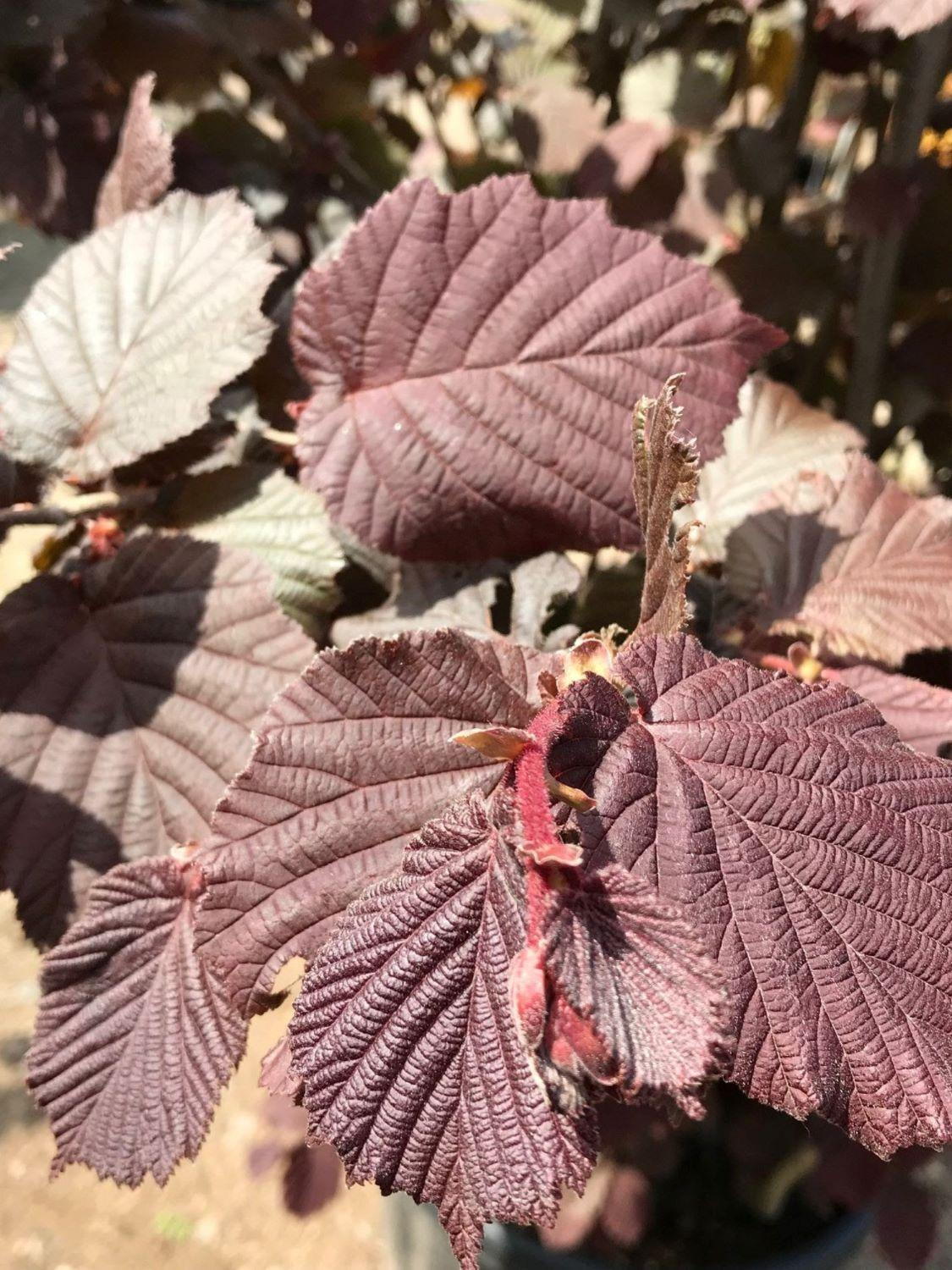Actinidia Kolomikta Climber. Actinidia Kolomikta for Sale
The Actinidia Kolomikta climber will bring not only the fragrance of its flowers to your garden, but most notably the striking variations of colour on the leaves will contribute considerable visual interest. It has been awarded the RHS Award of Garden Merit for these desirable qualities. Native to eastern Asia, the Actinidia Kolomikta Climber has been grown in the UK since the 1870’s, and is a favourite of gardeners for its variegated foliage. The heart-shaped, 15 cm long leaves are a deep purplish-green when they emerge in spring, and then turn a medium green, developing irregular patterns of silver white and then pink. Some leaves will turn completely pink, while others just have pink tips, creating an overall tapestry of green, pink and silver. Small, 1 cm white flowers appear from May to July, and have a pleasant fragrance. If male and female vines are planted together, the females will produce a crop of 2.5 cm long fruits in fall, similar to kiwi. However, the colour variations that are so desirable are more notable on male plants, and Actinidia Kolomikta is often grown for ornamental purposes only.Hardy in most parts of the UK, Actinidia Kolomikta will quickly climb up a wall or trellis to a final height and spread of 4-8 metres in 5 to 10 years. Prune in late winter to remove dead wood and shape the vine. It will need a trellis to wrap its stems around, and some stems will need to be tied to supports. Plant your Actinidia Kolomikta in full sun for best foliage colour, in a sheltered, south-facing exposure, in any well-drained fertile soil, preferably with a slightly acid to neutral ph. It is not susceptible to pests or diseases, but cats are even more attracted to it than to catmint, so make sure that young leaves are protected!Actinidia Kolomikta Climber will look stunning when allowed to spread out against an old brick wall, or when trained up into the crown of a tree. Its vigorous growth and dense foliage also make it a great choice for growing up and across an arbour or pergola, where its colourful foliage display and fragrant flowers will be much appreciated. Actinidia Kolomikta is a very desirable landscape plant, especially for its spectacularly coloured foliage. The green, pink and silver variegated leaves will create a striking display all through the season!
